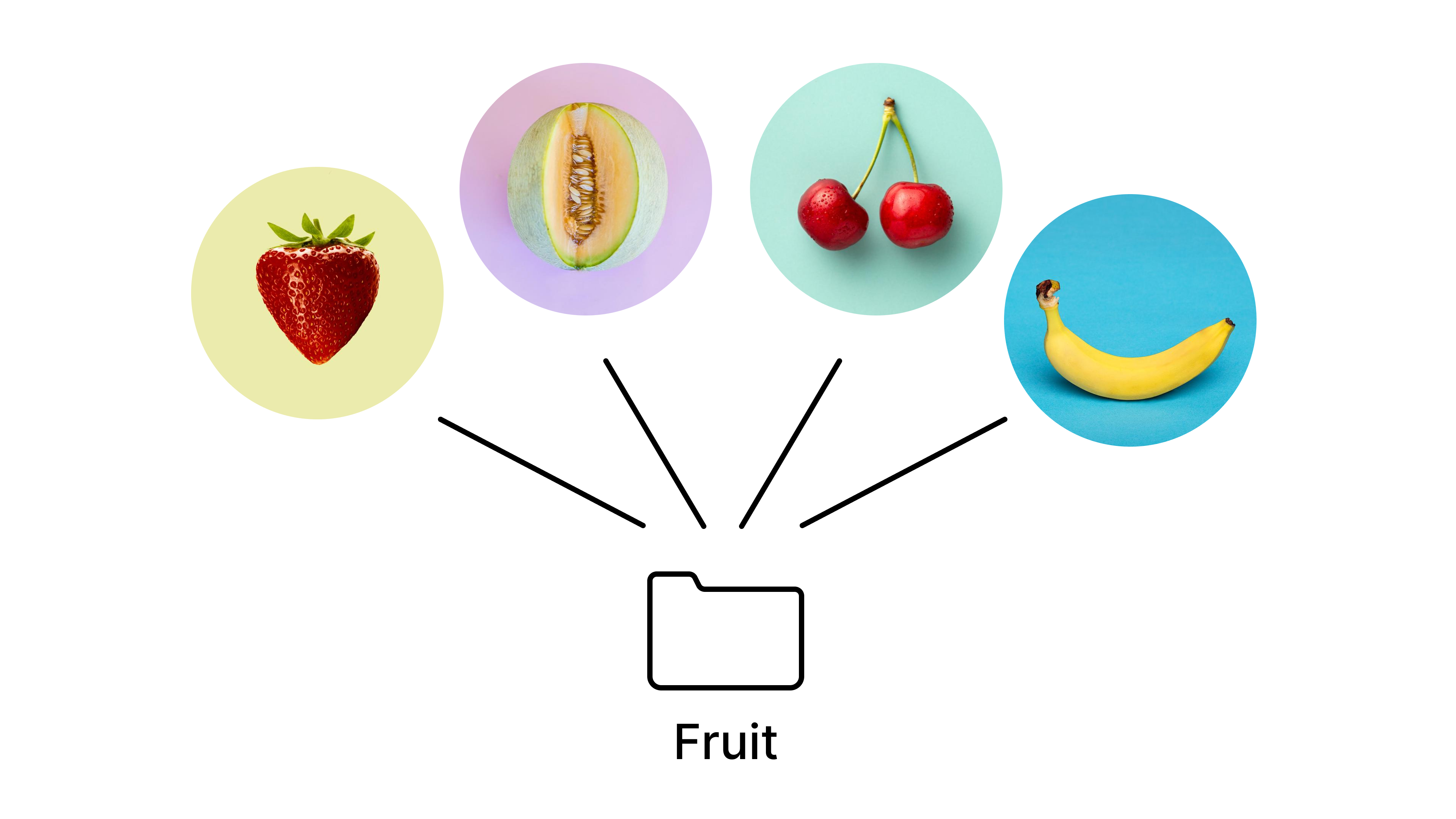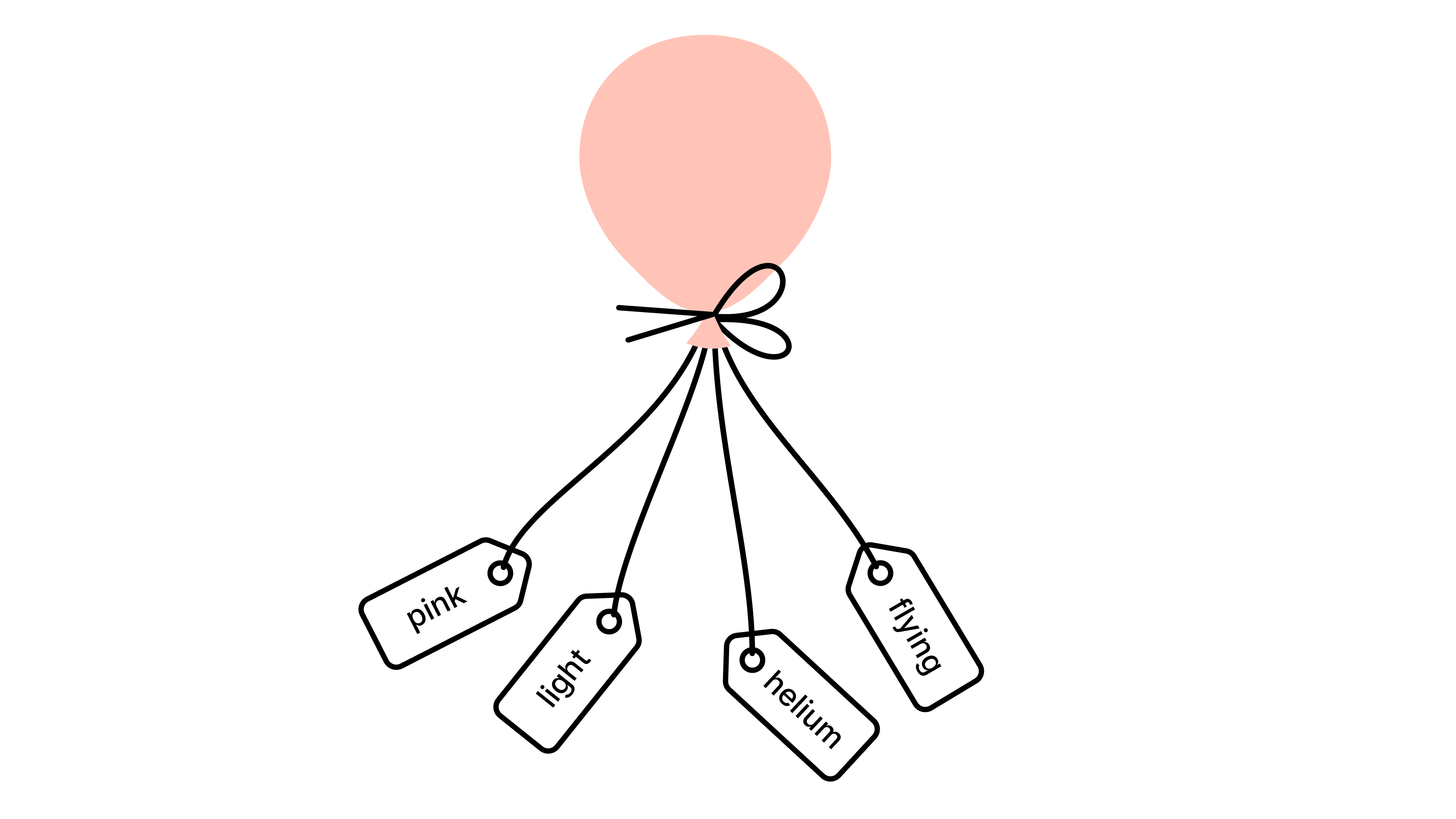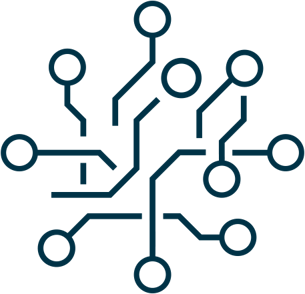When you’re building a house, the person you trust is an architect. They familiarise themselves with the general conditions and your intentions. Then they arrange floors and rooms in a way that makes most sense, so everything becomes accessible and usable, and the pipework for water, gas or electricity is organised in a way that combines life comfort with efficiency and structural logic.
Information Architecture
Information in applications for web, desktop computers, and mobile devices is also organised in a way that makes most sense. Ideally, it’s accessible, usable, and efficient to find, and there’s a structural logic, which will help users to navigate through information. The work done to achieve this used to be a profession, called Information Architect. Today, Information Architect is a rare job description. Applying information architecture (IA), however, is a firm element of UX development for every industry.
With roots in Information Science and psychology, IA combines perception with semantics, and ontologies with taxonomy and wayfinding. IA isn’t just for apps or the web: airports, hospitals, or university campuses use wayfinding too, which requires organisation and representation using IA.
Familiarity, Learned Behaviour and Orientation
We humans like familiarity and context. We feel comfortable when we know how to deal with a new situation, and we are distressed when we feel lost and disoriented.
Our brains love recognising things we’re familiar with and reward us with small doses of dopamine every time we solve a problem. This mechanism lets us experience something as satisfying or dissatisfying. Finding your way in an unfamiliar environment has been a necessary evolutionary treat. It’s no wonder we were equipped with a biochemical reward system for great orientation and successful hunting.
Making everything findable through context isn’t easy if there is no sense of order and organisation. It becomes easier to navigate with support of a taxonomy.
Familiarity and context rely on our ability to understand how something is related, or what it is for. No one needs to explain how a chair works, because we grew up with them and learned how to use them. This familiarity with the object chair allows us to translate the same expectations for a function to sofas, bar stools and even tree trunks in the landscapes.
When entering a supermarket, you can assume that the milk is located where the refrigerators are. This is a learned behaviour of context, something we can rely on even without thinking about it. We are even able to connect seemingly detached context. If I’m looking for a pair of jeans and I am presented the word «trousers», I recognise it’s in the same category, as «trousers» is a synonym for «jeans».
Likewise, antonyms – the opposite of what I’m looking for – are also helpful for orientation. It’s important to look at the meaning of words and differentiating things clearly from the opposite meaning, when you’re working out the architecture of your information.
A learned behaviour enables us to extrapolate its meaning. Use a public bus in one city, and you’re able to apply your learnings to public transport in other cities. Without any taxonomy, we would find the information quite confusing and rendered useless
Taxonomy and Ontology
How do taxonomies work and what makes them useful? Here is Wikipedia’s definition:
«A taxonomy is a scheme of classification, especially a hierarchical classification, in which things are organised into groups or types. A taxonomy can be used to organise and index knowledge (stored as documents, articles, videos, etc.), such as in the form of a library classification system, or a search engine taxonomy, so that users can more easily find the information they are searching for. Many taxonomies are hierarchies (and thus, have an intrinsic tree structure) …»
Taxonomy assigns meaning from the general towards the specific.
In biology, taxonomy is the scientific study of naming, defining, and classifying groups of organisms based on shared characteristics. Organisms are grouped into taxa and these groups are given a taxonomic rank. Groups of as given rank can be aggregated to form a more inclusive group of higher rank, thus creating a taxonomic hierarchy (source: Wikipedia).
Not all taxonomies are organised in hierarchies. Books, movies, and music are traditionally sorted by genre, which is a rather flat hierarchy with grouping based on attribute. Of course, this kind of categorisation runs into problems as soon you need to introduce sub-categories, or when a medium has more than one fitting attribute.
Historically, taxonomies have always played a big role in computing. The Microsoft Windows predecessor DOS had a strong hierarchical file structure. When you were deep down in one directory, you wouldn’t know what was in that other directory without going there and looking it up.
Ontology stands for showing the properties of a subject area and how they are related by defining a set of concepts and categories that represent the subject.
What ontologies in information science and philosophy have in common is the attempt to represent entities, ideas and events, with all their interdependent properties and relations, according to a system of categories (source: Wikipedia).
Artificial Intelligence models also apply ontology in natural language processing within machine translation and knowledge representation.
Categories
In many offices you’ll still find filing cabinets: heavy drawers made of metal with hundreds of files, usually sorted with tabs using alphabetical or alphanumerical categorisation.
The image of folders in a drawer is a metaphor that’s still used today by virtually all major desktop computer operating systems. The term desktop itself is used metaphorically for the surface on which we navigate between hard drives, folders, files and the waste bin.

More modern UIs used for mobile operating systems were initially trying to omit these old metaphors. But with more recent versions, even iOS and Android cannot completely escape the underlying mind model. Both iOS and Android now let you access files through symbolic folders on the device or in the cloud.
Virtual folders – just like their physical counterparts – can be filled with anything. Categories, on the other hand, are very canonical. They are trees with trunks and branches that follow a certain logic inherited from the parental branch. The canonical rule is that a subject cannot be in multiple categories simultaneously. This would lead to multiplication of the object and the resulting redundancy would introduce chaos to the system.
So, what do you do if you have something that can be in one category, but also in another? This is where tags come in handy.
Tags and Metadata
Tags are metadata that is attached to subjects, i.e., you do not assign subjects to tags, but rather tags to subjects. A tag adds relevance in context, which helps us associate the subject with others alike.
Tags enrich content with context. They are often described as keywords, and because search engines like Google rely on context, those keywords become important for how the search engine informs itself about a given subject. But whilst keywords can be placed inside text, tags work like a label that helps recognise a certain quality of the content it’s assigned to.

When you’re assigning tags to a data point, you can attach more meaning to it, which helps with finding it again, but also with connecting related information. Tags work more like filters than definitive grouping, i.e. they allow you to narrow down the specifics of what you are looking for or choose attributes within a category. They also freely follow multiple semantic expressions: they can describe things like qualities, attributes, or similarity.
The benefits of tag-enriched content with metadata are clear. But who adds the metadata?
Google, Meta and Twitter use algorithms that help sort and connect metadata with potentially relevant content. However, tagging is usually in the hands of users. There lies another problem: metadata becomes useless, or even counterproductive, the more diluted or misleading it gets. This has the power to mislead even the smartest algorithms. Until today no one has come up with a solution for this growing problem.
Hashtags
Hashtags entered our perception in 2007, when Chris Messina, a Twitter employee at the time, proposed to use the pound sign (#) to designate a keyword. In 2009, Twitter embraced hashtags as hot links connecting content with the same keyword.
Hashtags had positive, but also negative effects on the Twitter user experience. On the one hand, they proved useful to organise content, and people used them to find each other. On the other, they can be easily abused for unrelated context, which makes them prone to spamming.
Hashtags brought social changes, beyond their quality as metadata. They helped people to organise, like with the #MeToo movement.
Virtual Folders
A common term used for virtual folders today is Smart Folders. It’s related in concept to several other topics in computer science, such as saved search, saved query and filtering.
Virtual or smart folders are basically «saved search results» related to behaviours. All files matching the criteria are dynamically aggregated into the virtual folder. A smart folder in Apple Mail will behave according to the rules you assigned to it, e.g. sort out junk mail based on a blacklist of domain names.
When you click on a hashtag in Twitter, a new feed is shown with content that’s connected to this hashtag. In the same way, a smart folder shows a dynamic content list of items that fall under the smart folder’s rule, a filter often described with a keyword.
On the desktop, smart folders mimic folder behaviour. They act as if they were showing the location of a certain file. In fact, they show a virtual representation of those files, which are stored in a variety of folders.
Forget Everything
What’s the point of categories, tags, hashtags, or smart folders, if we can find anything with search?
Although search and filtering are a standard in nearly every UI today, we still use categories and tagging to navigate information. Because related information can help us make sense of any given subject.
In our daily interaction, we have gotten used to navigating fluidly and adapt our behaviour to any given environment. We use categories, tags, folders, search and filters without even thinking about the underlying structure. These advances have raised the bar. Because we’ve been spoiled by Google and Wikipedia, we tend to demand the same quality from every other service.
Probably the best approach to handle navigation of information, especially with large datasets, is to provide multiple ways to access it. If you can, let people search, filter, find things and use tags and categories to make sense of it. Ultimately, you’re enriching the experience and remove barriers that could hinder users from finding what they’re looking for.
This blog post was originally published on Henning von Vogelsang's website.







